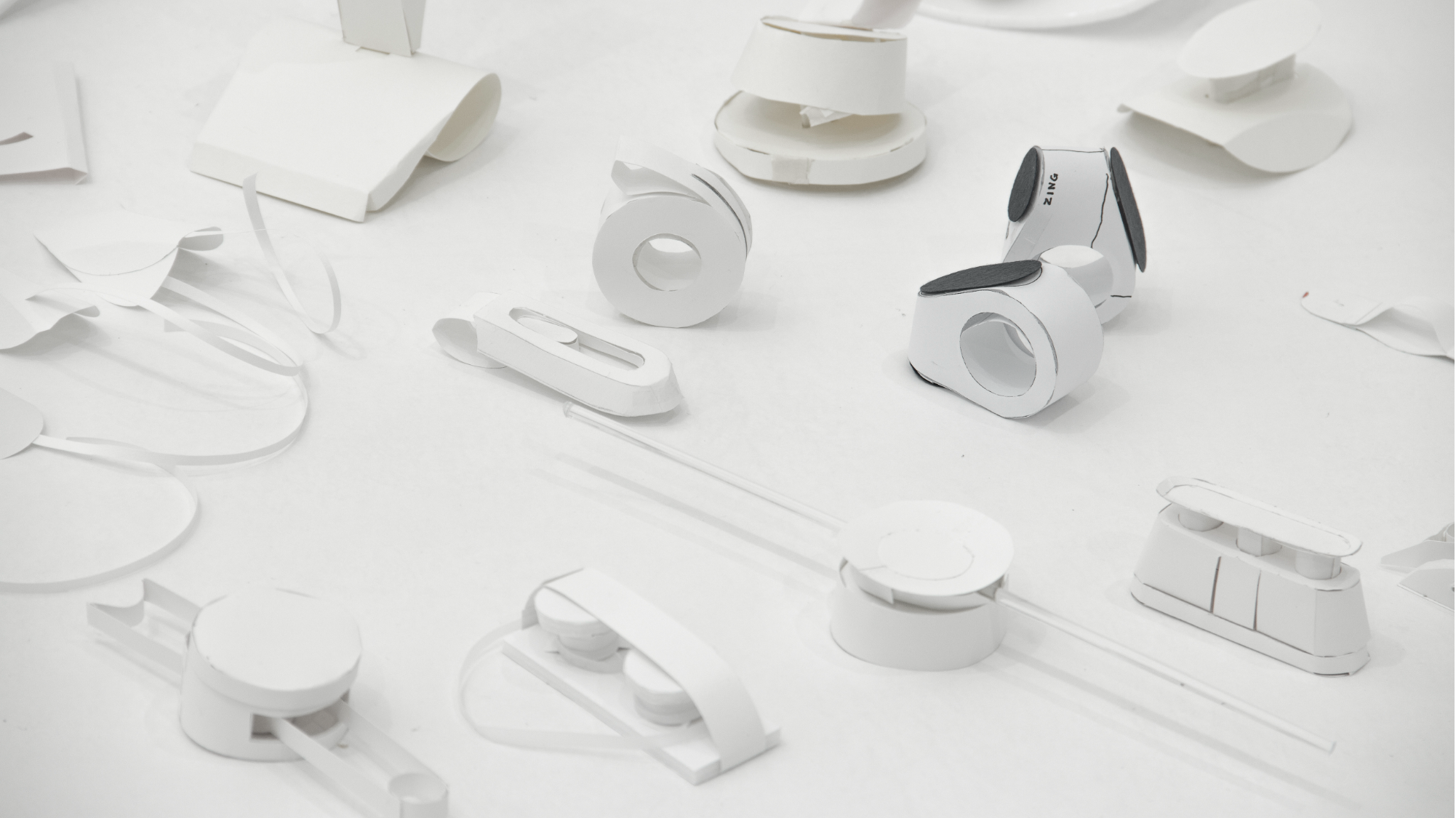Grafacon
Personal project, 2020
Industrial design, Interaction design
sharing the theme with
Yuseon Choe, Yunsoo Choi, Seongjoon Lim

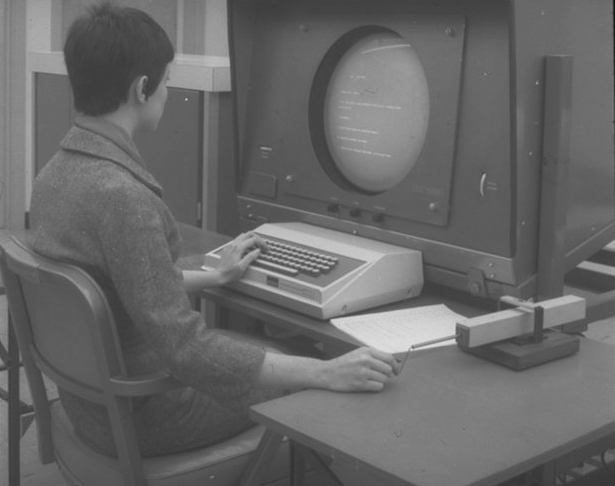
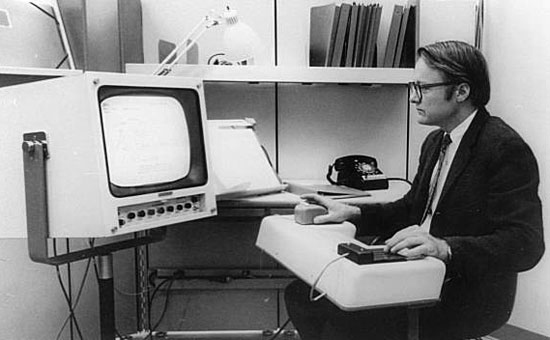
The mouse we use on a daily basis was not born "naturally" as a mouse. It is the result of survival from various experiments, sacrificing unselected systems and designs. If so, what would it look like if a system other than the current mouse was selected and products developed based on that system? Also, what technology would have been applied?
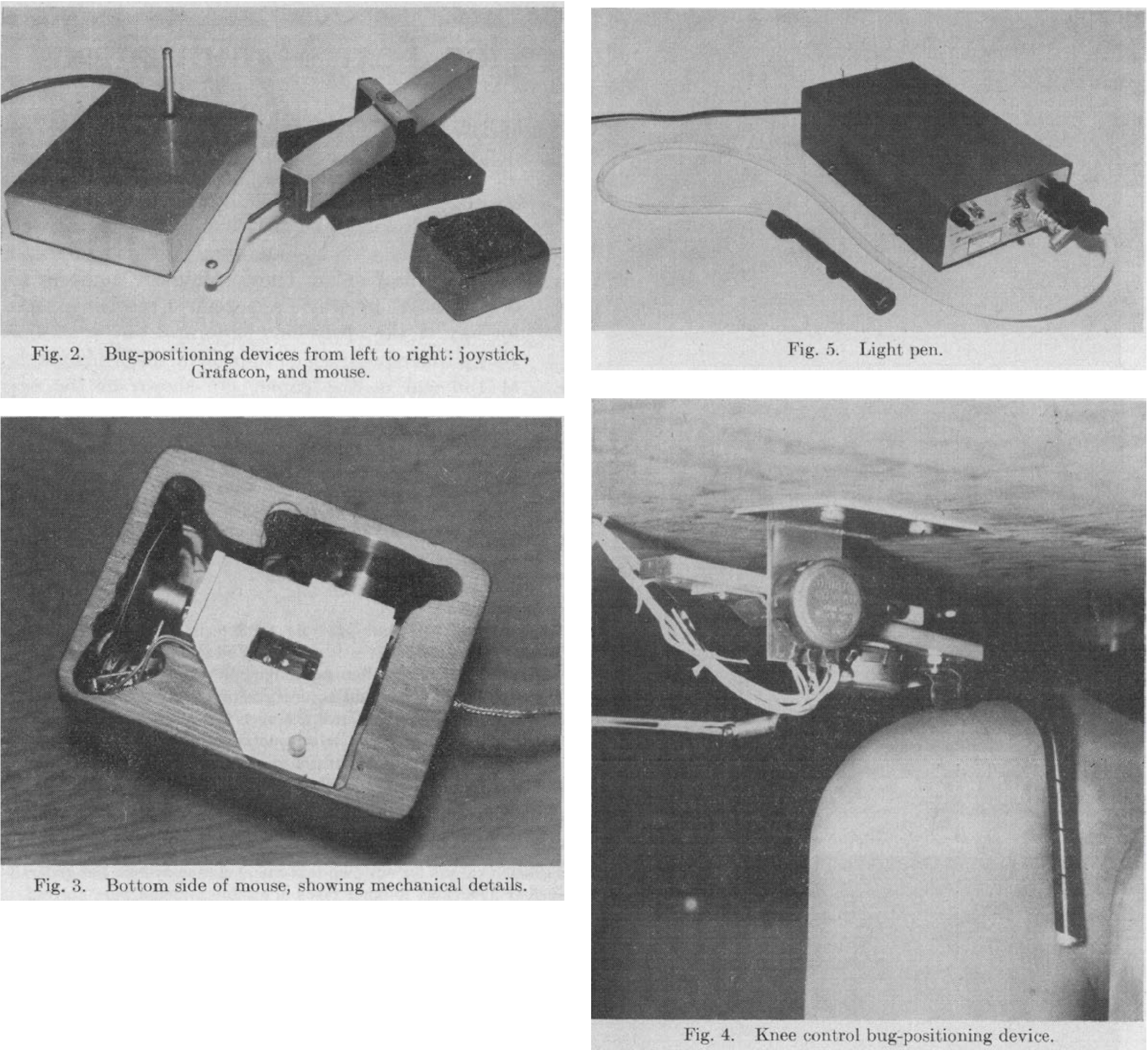
In 1963, when Douglas Engelbert conducted the mouse user experiment, also known as the first HCI User study, a total of 5 systems participated in the experiment.
1. Grafacon(tablet)
2. Light pen
3. Joystick
4. Knee control device
5. Mouse
Among them, after several experiments, the mouse was selected as the most “efficient” tool, so we are now using the mouse naturally without controlling the cursor with our knees. The mouse was invented at the Stanford Research Institute, and in the early days only two wheels were used to read the movement of the x and y axes. Later, by adding a ball, the ball moved two wheels, and now it is developed and used as an optical mouse.
This project is to draw the evolution pathway of a virtual product by imagining things that did not happen based on that system by selecting an abandoned system by four designers who share this theme.
1. Grafacon(tablet)
2. Light pen
3. Joystick
4. Knee control device
5. Mouse
Among them, after several experiments, the mouse was selected as the most “efficient” tool, so we are now using the mouse naturally without controlling the cursor with our knees. The mouse was invented at the Stanford Research Institute, and in the early days only two wheels were used to read the movement of the x and y axes. Later, by adding a ball, the ball moved two wheels, and now it is developed and used as an optical mouse.
This project is to draw the evolution pathway of a virtual product by imagining things that did not happen based on that system by selecting an abandoned system by four designers who share this theme.
The mouse did not have a typical shape from the beginning. The following images are the early XEROX mice designed by IDEO's predecessor ID two.


Four unselected systems were explored by four designers, using prototyping and sketching as the main tools until they came up with their own interpretation of the 2020 graphacon, joystick, light pen, and knee controller.
History of Grafacon


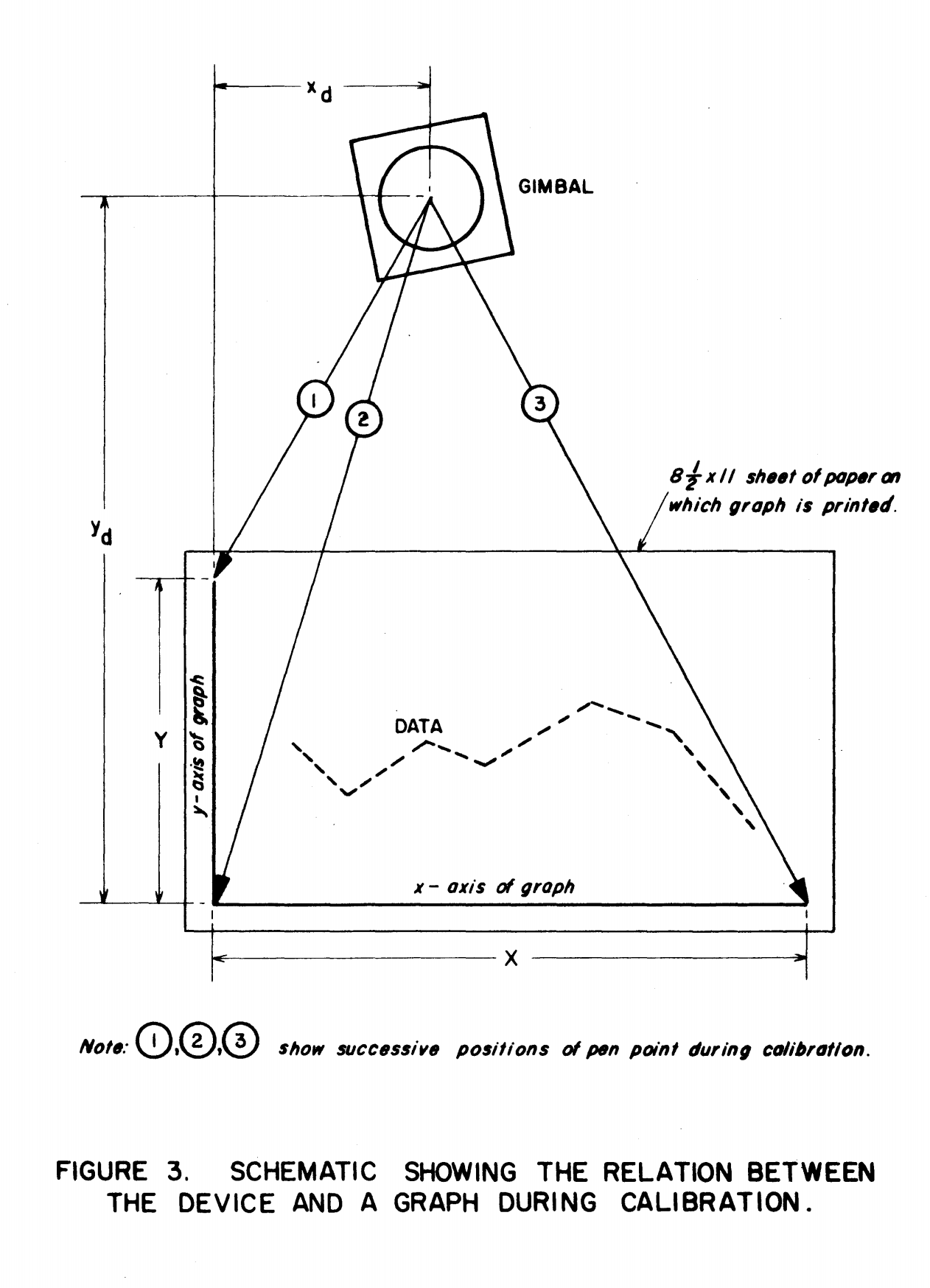
Graphacon can be traced back to 1888, a technology called telegraph patented by Elisha Gray. Designed as a method for recording handwriting, a similar but much more accurate system that can be considered the prototype of graphacon was developed in 1963 by W.E. A study published by Fletcher can be found in “On-line input of graphical data”. When the pen connected to the cylinder moves, the cylinder moves and creates data using the flow of magnetic force that records the movement.Later, this system gradually developed into a form of writing with a pen directly on the board, and it can be seen as a tablet computer that still exists. I expected the system to evolve.
What if...?
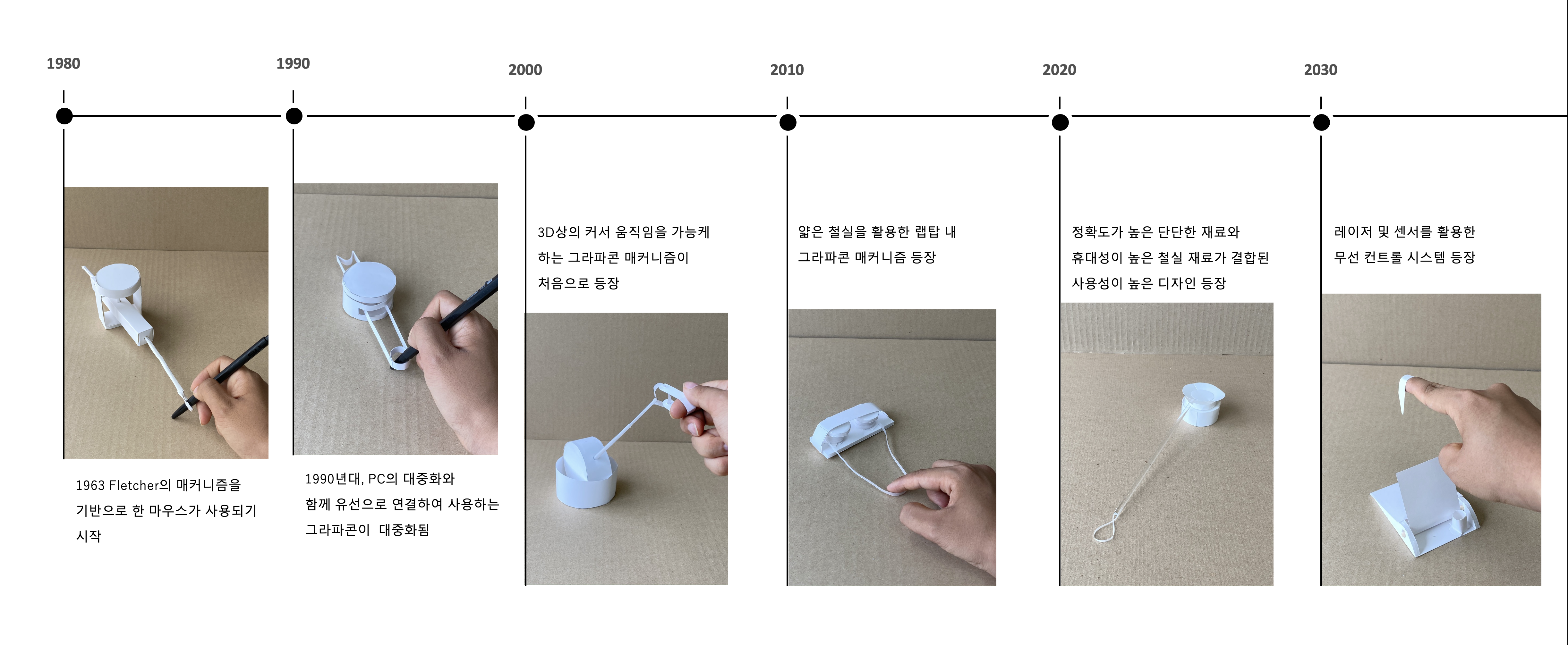

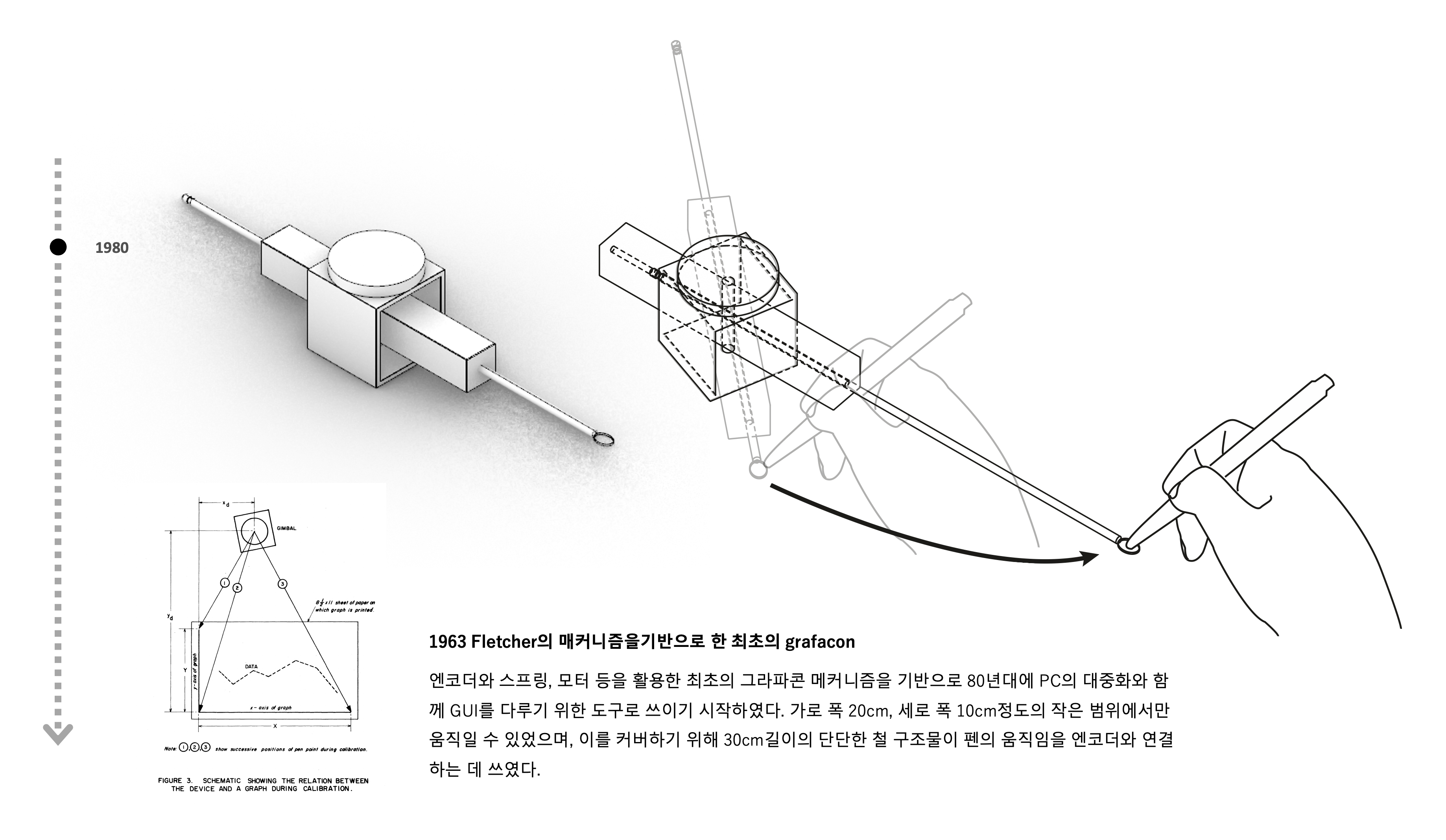
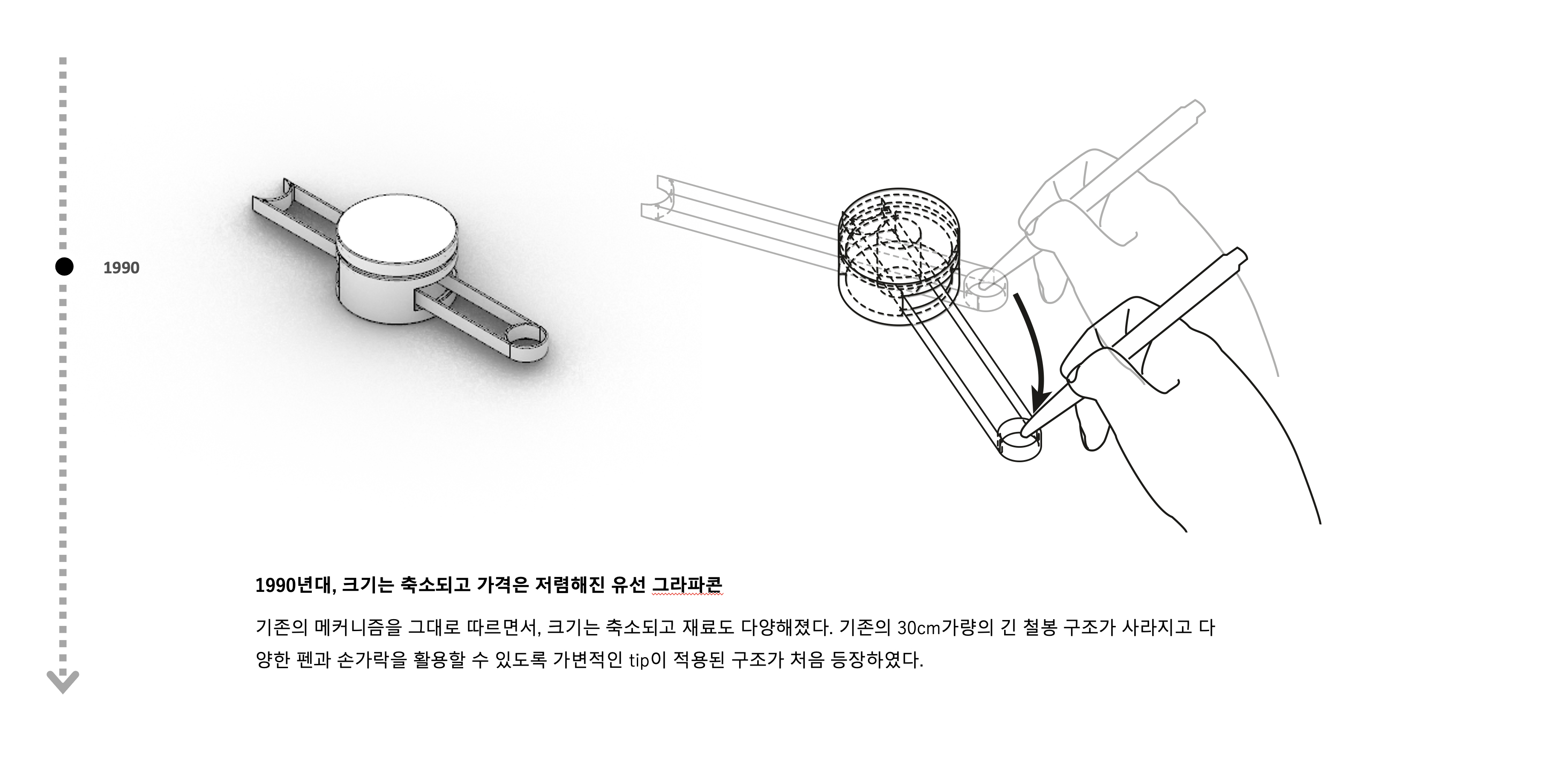

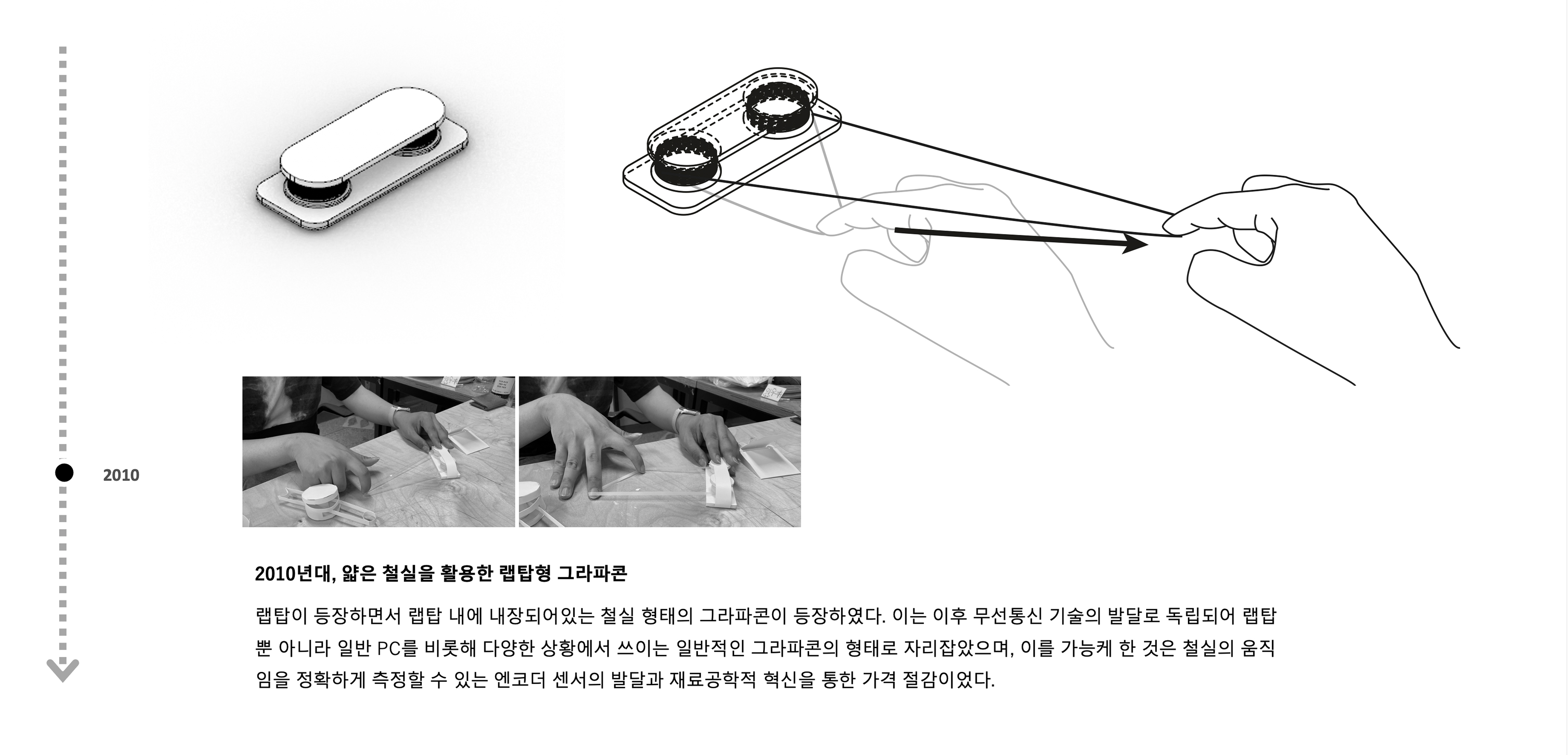
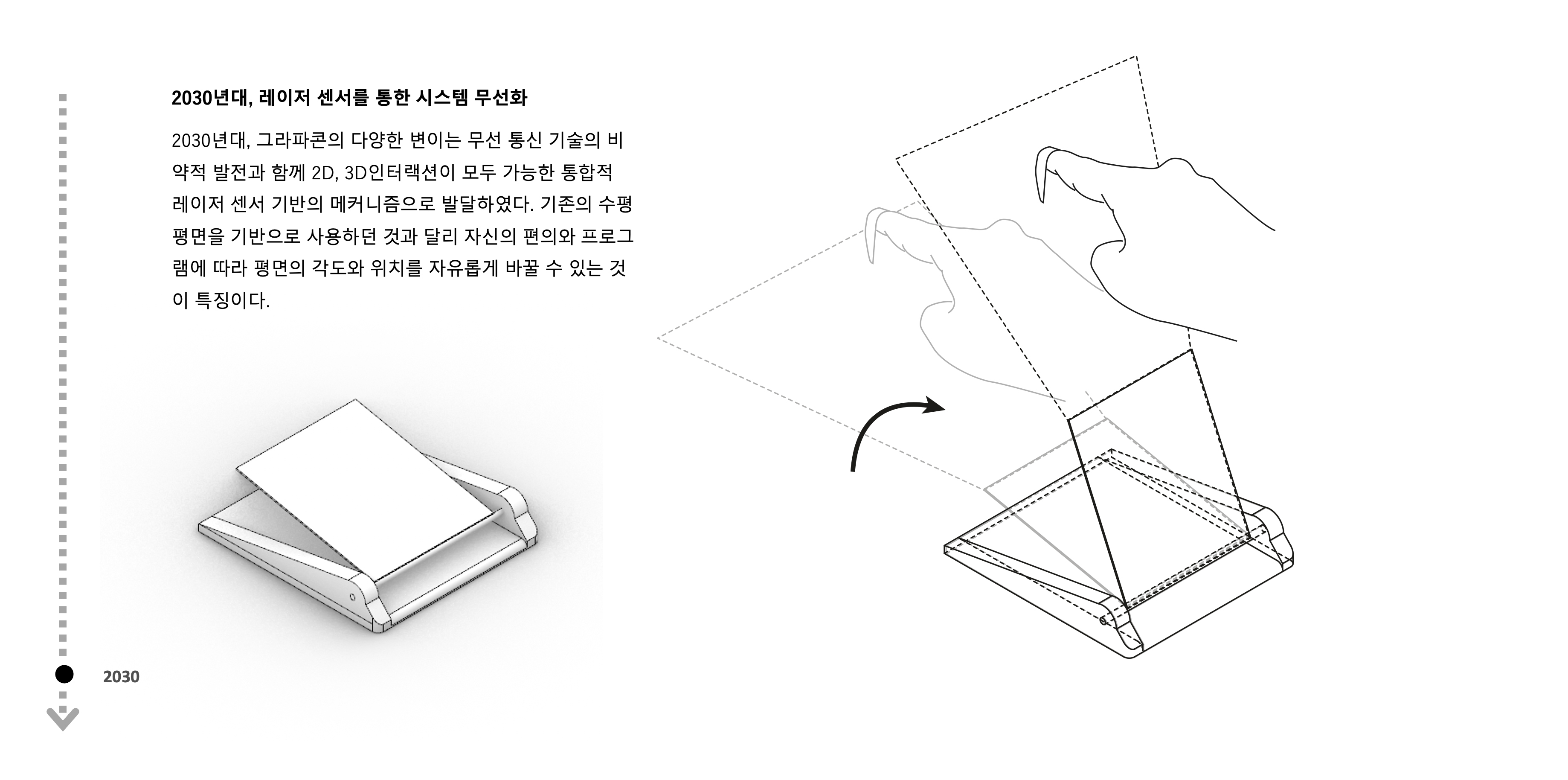
Paper models

Final Render
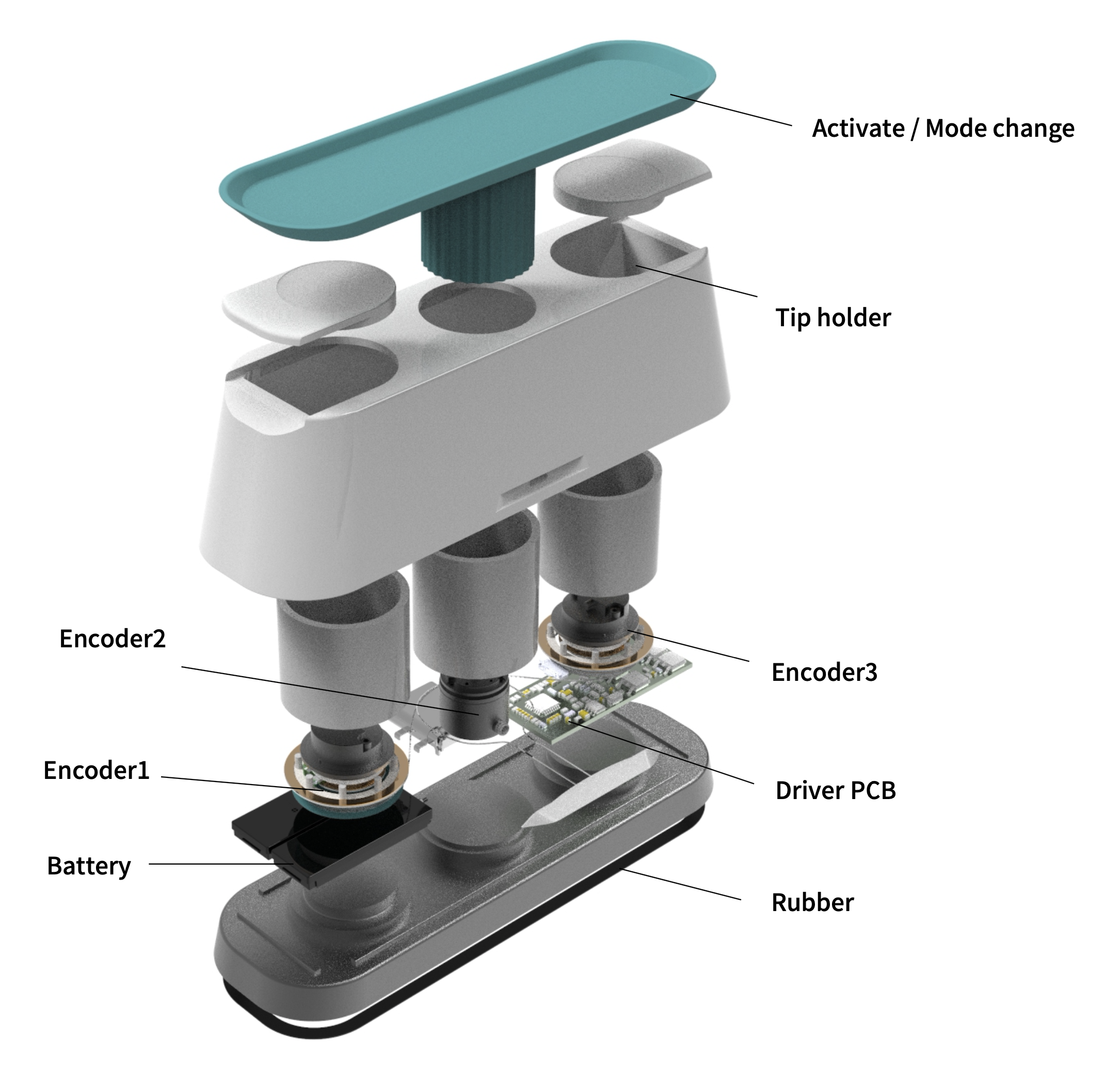



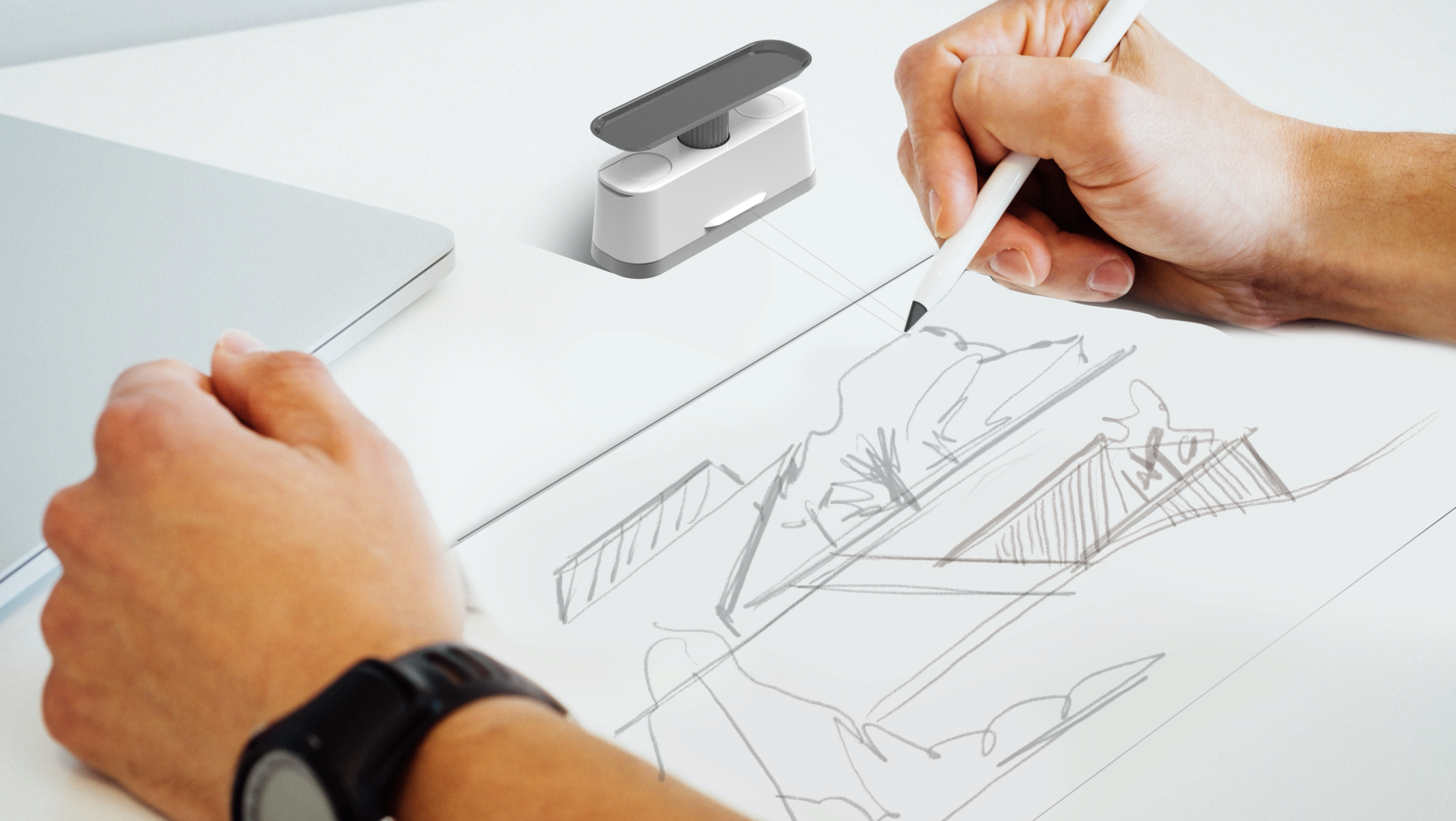
Professional graphacon
The popular steel-type graphacon is accurate enough, but the solid graphacon for professionals also exists as an individual market.
The popular steel-type graphacon is accurate enough, but the solid graphacon for professionals also exists as an individual market.
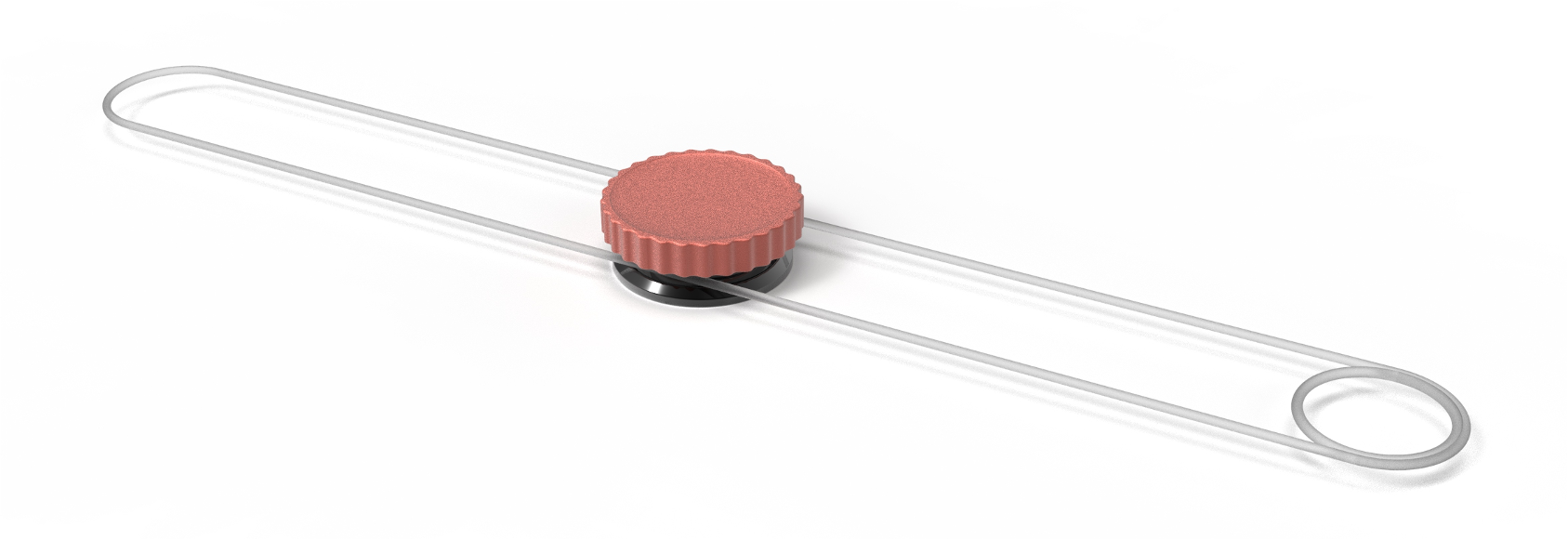
Based on the wired graphacon popularized in the 1990s, it is a more precise and convenient version. It uses tempered glass as a wick to secure the visibility of the ground as much as possible, and uses heavy stainless steel as a central shaft material to increase fixing power.

Process
Soft Mockup
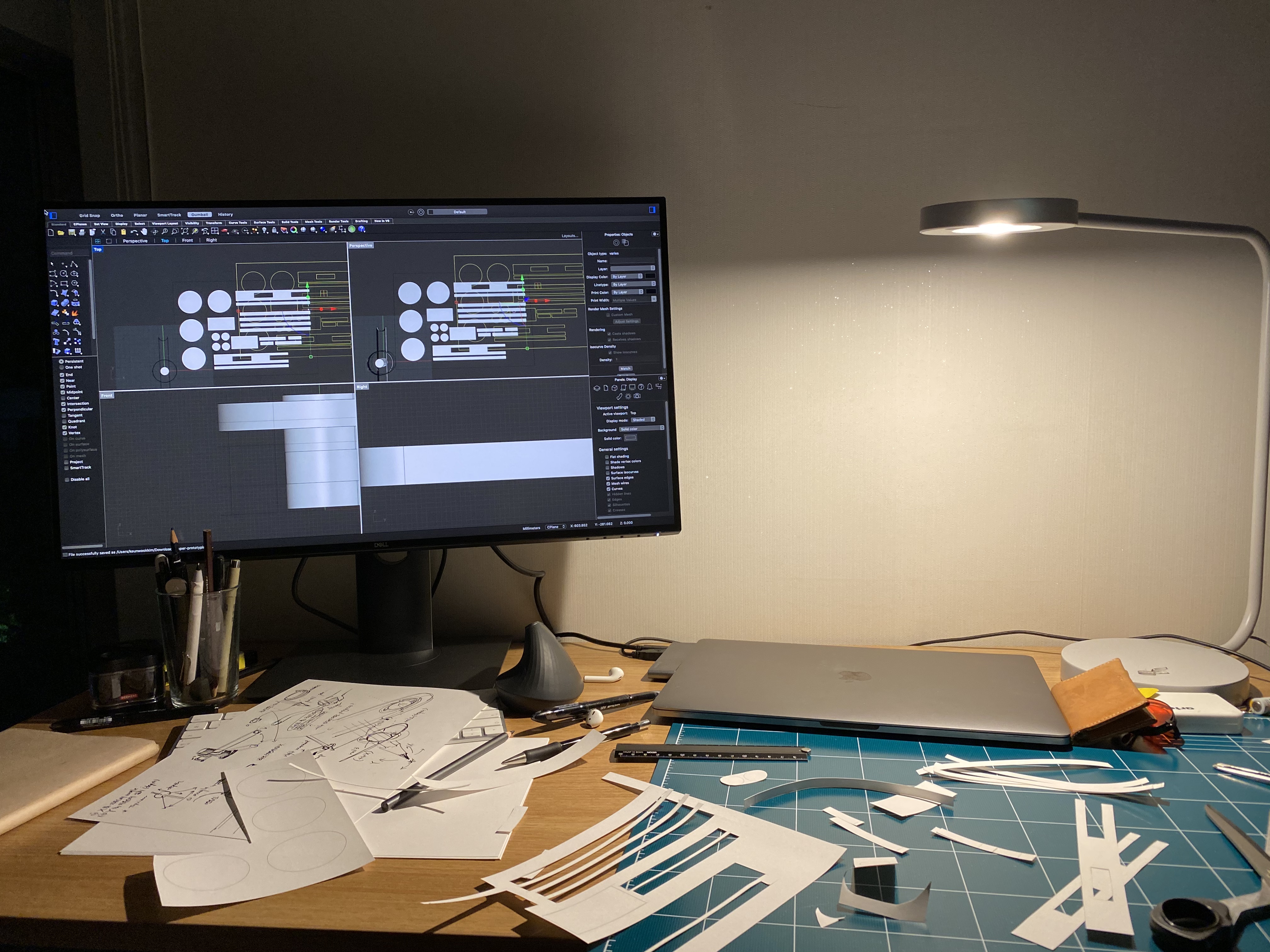
3D modeling
3D printing

Final Mockup

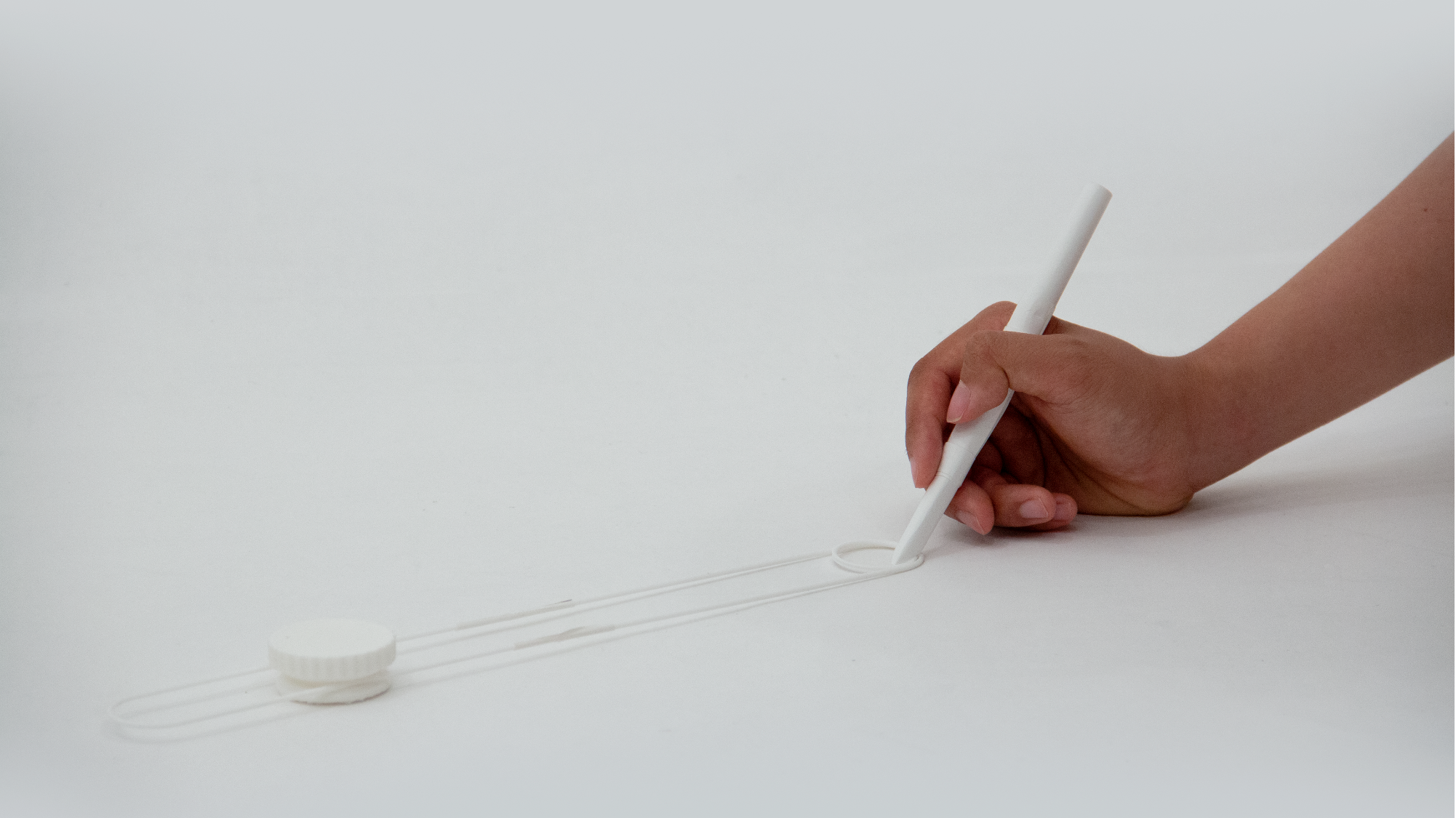
Other concepts
Lightpen 2020 by Yuseon Choe
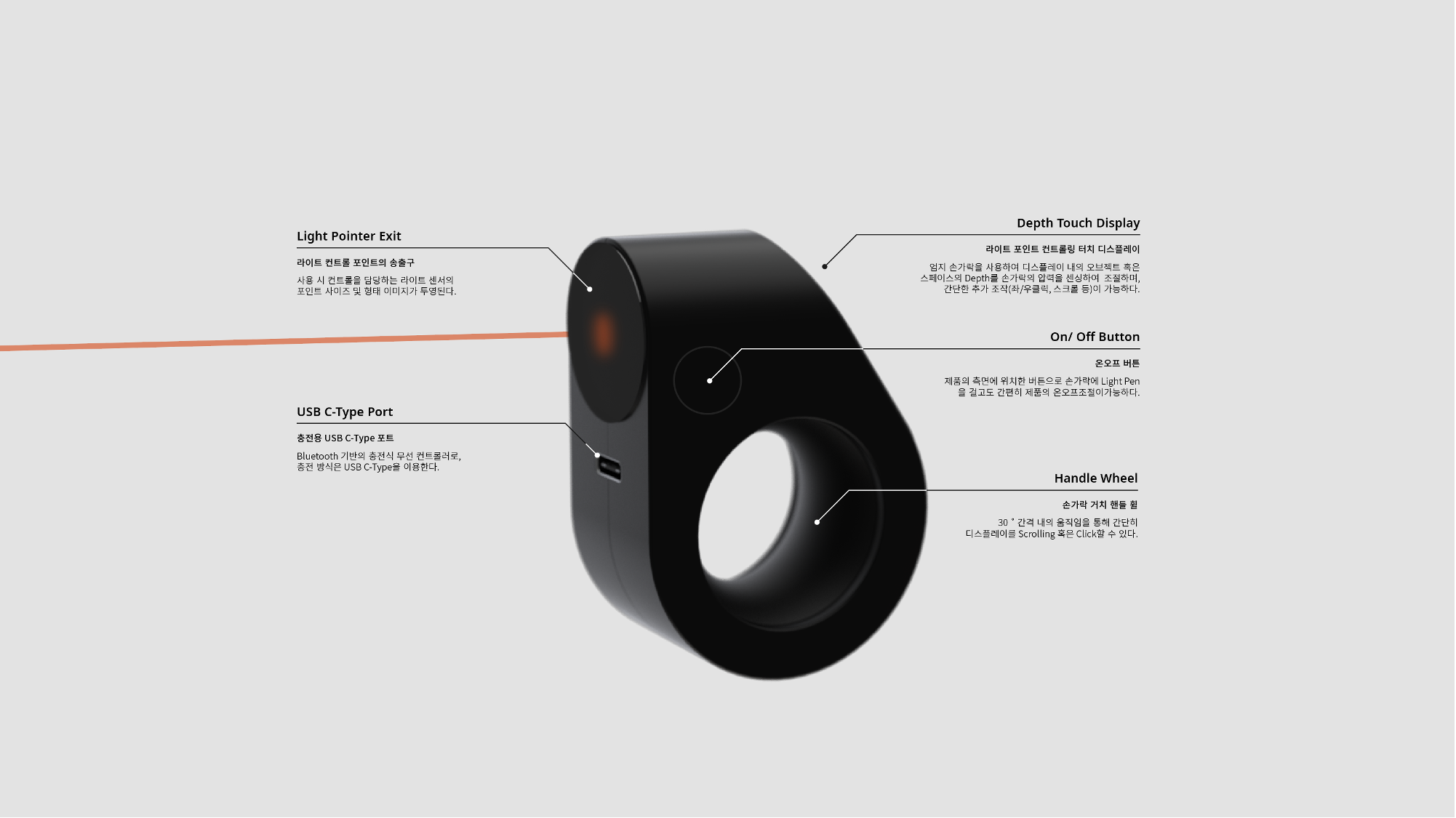
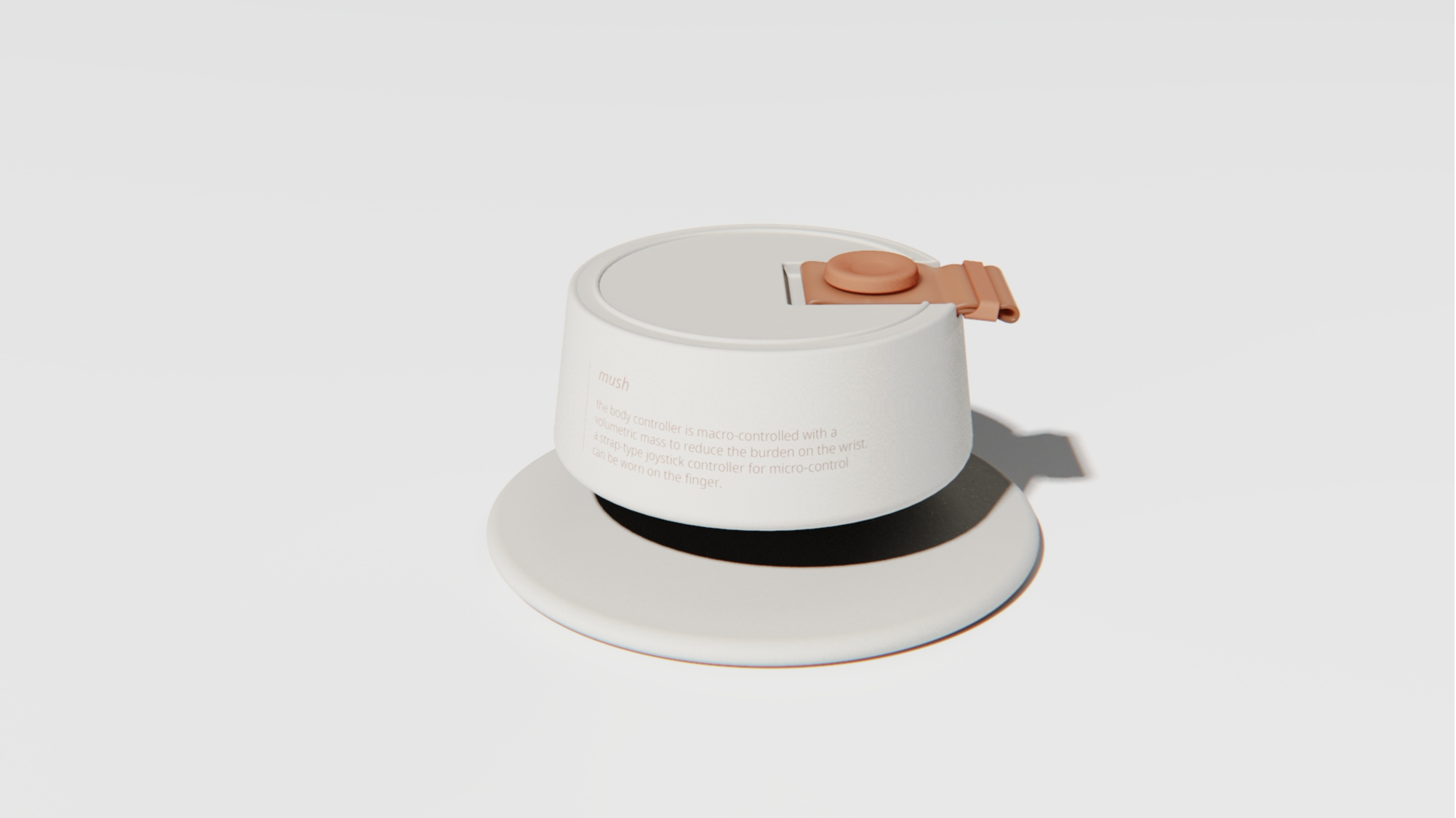
Joystick 2020 by Seongjoon Lim
Knee controller 2020 by Yunsoo Choi
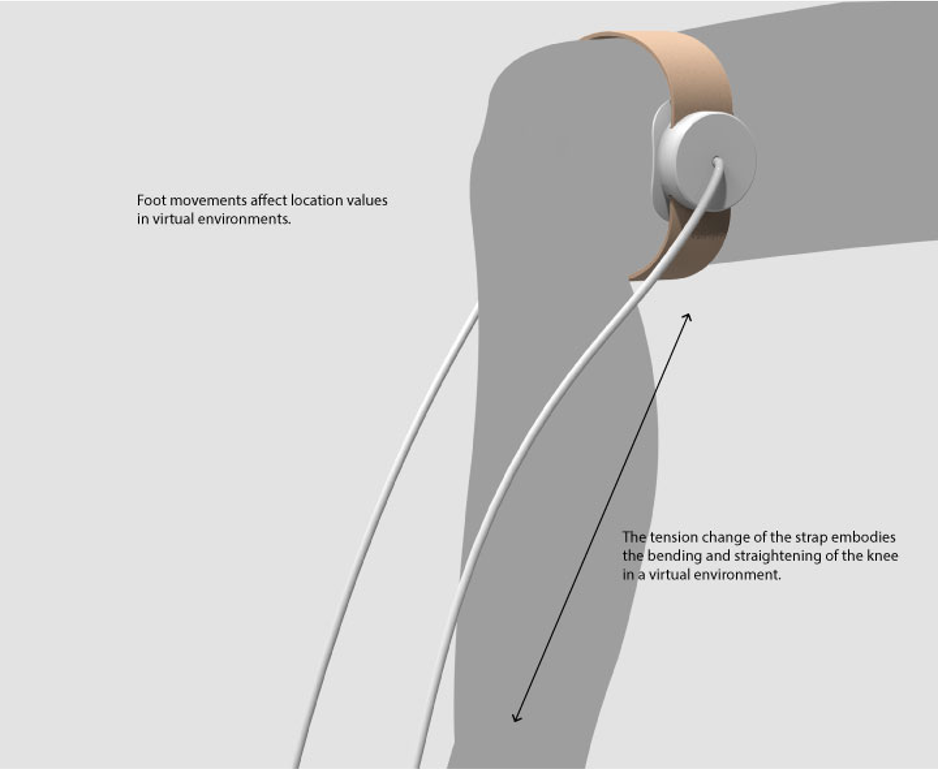
Paper mockups

